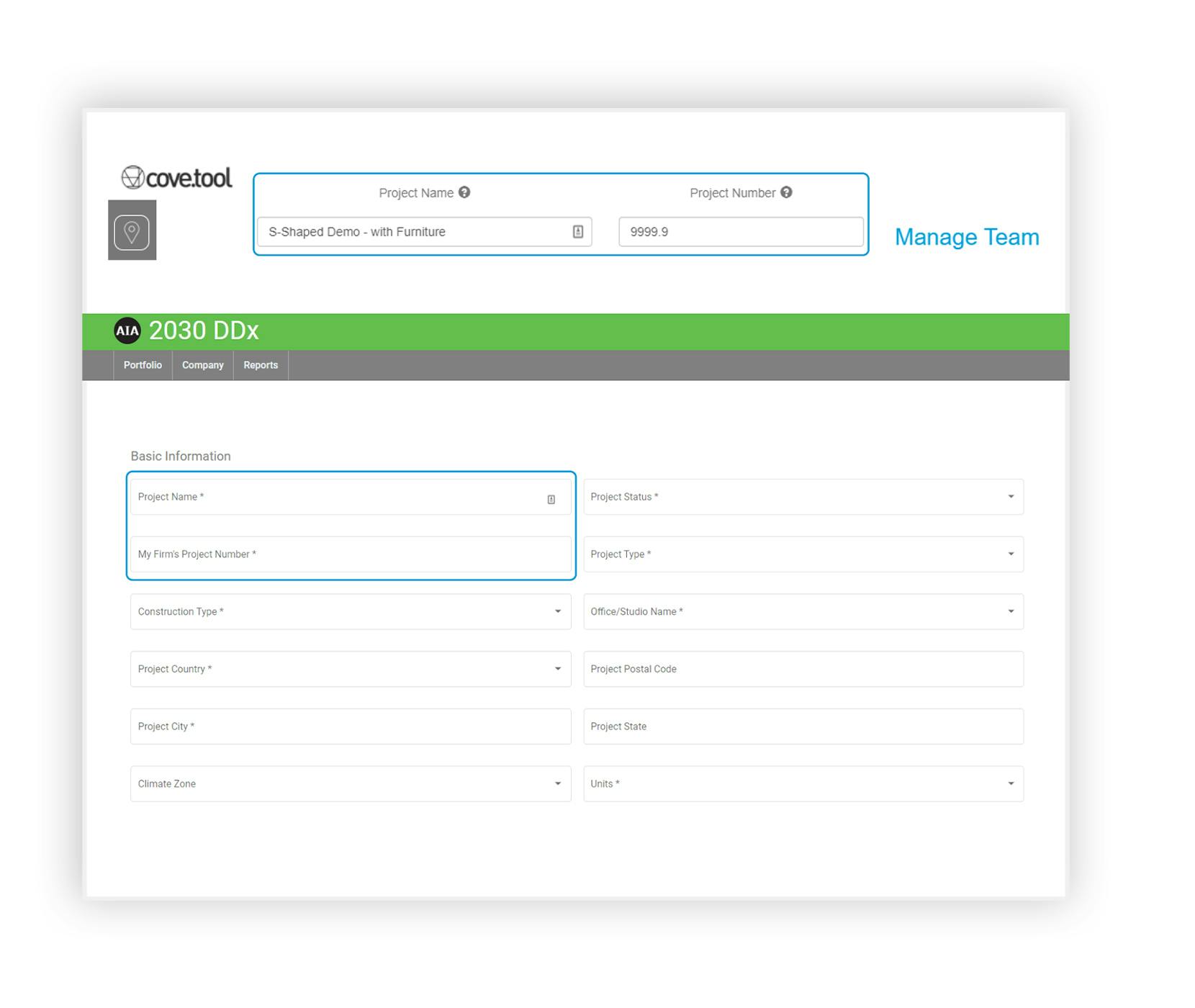As 2030 looms around the corner, the pressure is building around ensuring that buildings are net zero by the impending deadline.
Whether your firm is one of the many that have already signed on to the 2030 commitment or you are looking to begin your 2030 commitment journey, the first step of registering is the right step in the net zero direction.
But what comes next? How do you do it all?
What You Need for the 2030 Commitment?
To achieve the 2030 commitment, you should take the following steps:
1. Gather Project Data: Compile information on your project's energy use, including Energy Use Intensity (EUI).
2. Calculate Key Metrics: Use tools like cove.tool to calculate EUI and carbon emissions for your project.
3. Access DDx Platform: Log in to the AIA's DDx platform.
4. Enter Project Data: Input your project's energy data into the DDx system.
5. Update Additional Information: Add any other required details, such as cost-related data.
6. Submit Report: Finalize and submit your report through the DDx platform.
7. Regular Updates: Continuously update and track your project's progress over time.

With limited resources and architects already struggling to balance the magnitude of projects, suddenly, the 2030 commitment is feeling like a 2030 hassle.
You could hire a sustainability consultant, but that’s a major cost and takes time to both hire the consultant and for the consultant to complete the work.
You could wait till March 31st of the following year to try to get all your projects ready for the 2030 commitment.
Or we could do the work for you.
project.assist: 2030 DDx Report
With cove.tool’s analysis.tool with project.assist, we do the reporting for you.
To truly expedite your journey to meeting the 2030 targets, cove.tool's analysis.tool with project.assist stands as a revolutionary tool in this endeavor.
project.assist simplifies the process of compiling and uploading project data for the AIA's Design Data Exchange (DDx), making tracking and reporting for the 2030 targets efficient and accurate.
In the quest to achieve the ambitious goals set by the 2030 challenge, integrating cutting-edge tools like cove.tool's analysis.tool with project.assist becomes paramount. This powerful combination is specifically designed to meet 2030 targets quickly and efficiently through streamlined DDx reporting and verified sustainability analysis.
project.assist stands out as a transformative feature within analysis.tool, functioning as an AI-driven sustainability consultant, simplifying the intricate task of compiling data for the AIA's DDx.
This automated process means that firms can now submit their project data with ease and precision, ensuring accurate tracking towards the 2030 targets. project.assist’s ability to seamlessly calculate and report key sustainability metrics such as the predicted Energy Use Intensity (pEUI) and the roadmap towards annual pEUI reduction target is invaluable. Conclusion
Achieving the AIA 2030 Commitment is a challenging yet essential goal for the AEC industry. By utilizing analysis.tool with project.assist, firms can not only streamline their journey towards sustainable design but also revolutionize their approach to building design and construction.
The integration of analysis.tool with project.assist from cove.tool marks a significant milestone in this journey, offering a comprehensive, efficient, and user-friendly solution to meet and exceed the 2030 targets. Embracing these strategies and tools will not only lead to the creation of environmentally responsible and sustainable buildings but also pave the way for a greener, more sustainable future in architecture.
